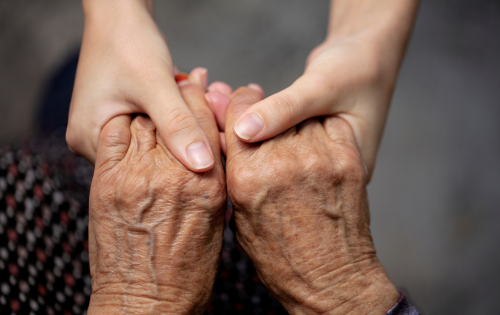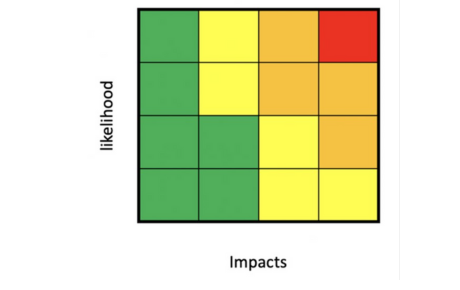Staying Healthy in the Cold
Most excess winter deaths and illnesses are not caused by hypothermia or extremes of cold. Rather, they are usually caused by respiratory and cardiovascular problems during normal winter temperatures – when the mean outdoor temperature drops below 5°C to 8°C. Yes, the risk of death and illness increases as the temperature falls further, but there are many more relatively 'warm' winter days than days of extreme cold, and so keeping warm and healthy during these milder periods is just as important.
There are many reasons for the increased risk of ill-health in cold weather. These include:
- poor-quality housing and particularly cold homes
- the higher frequency of circulating infectious diseases, such as flu and norovirus during the winter months
- physical hazards such as snow and ice
During cold weather, people may also use malfunctioning or inappropriate appliances to heat their homes. This can increase the risk of carbon monoxide poisoning. When a house is damp as well as cold, mould is more likely to occur. This can increase the risk of illness, especially from asthma.
A household that cannot afford to heat its home is likely to live in the only heated room, or it may need to choose between heating and food or other commodities or risk falling into debt. See Top Tips for keeping warm.
Older people, babies and young children are more likely to be unwell from cold weather because their bodies are less able to regulate temperature. People with underlying medical conditions can also be vulnerable to the effects of cold weather. Many of the harms linked to cold exposure are preventable if a few simple actions are taken.
During the winter, UKHSA will work with the Met Office to issue alerts alongside the weather forecast if the weather is so cold that it has the potential to affect people’s health. This will trigger communications from the council with suggestions on how to respond to these alerts.






